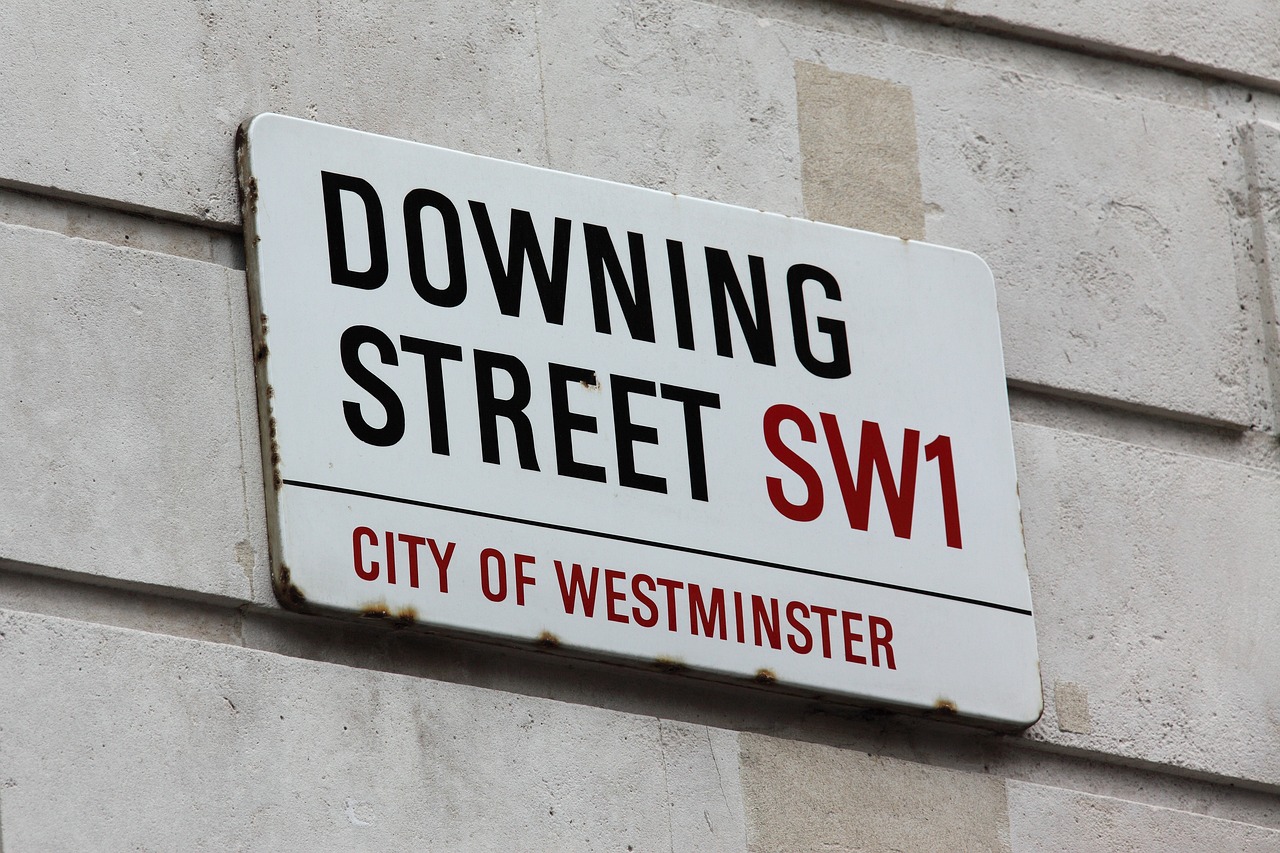France has a semi presidential system and is a unitary state. The President is directed elected by the French people, but has then to appoint a Prime Minister who can command the support of a majority of the French legislature. French national elections are conducted in two stages under a majoritarian electoral system known as the double ballot. Each of these ballots is called a round and there are two rounds of voting. Under this system the French President can ultimately only be elected with the support of at least 50 percent plus one of those voting.
The first round of the double ballot takes place on the 23rd April 2017. Any candidate who is nominated by five hundred elected French representatives can stand. Voters then choose the candidate they wish to see elected president. A second round follows when no candidate- as is invariably the case- secures an absolute majority of at least 50 percent plus 1 in the first round of voting. This second round, which is a runoff between the top two candidates with the most votes in the first round, takes place a fortnight after the first round on the 7th May 2017. In this round, fought between two candidates, one of them will receive 50 percent plus 1 of the vote.
Voters who supported the top two candidates in the first round usually stick with their first choice in the second round. Other voters who's candidates were eliminated in the first round have then to choose how to cast their vote in the second round. They do so by voting positively for somebody, or else by casting their vote against the candidate they do not wish to see elected.
For instance in the 2012 election the result of the two rounds of voting was as follows:
|
Summary of the 21–22 April and 5–6 May 2012 French presidential election result |
||||||||
|
Candidate |
Party |
1st round |
2nd round |
|
||||
|
Votes |
% |
Votes |
% |
|
||||
|
|
PS |
10,272,705 |
28.63% |
18,000,668 |
51.64% |
|
||
|
|
UMP |
9,753,629 |
27.18% |
16,860,685 |
48.36% |
|
||
|
|
FN |
6,421,426 |
17.90% |
|
|
|||
|
|
FG |
3,984,822 |
11.10% |
|
||||
|
|
MoDem |
3,275,122 |
9.13% |
|
||||
|
|
EELV |
828,345 |
2.31% |
|
||||
|
|
DLR |
643,907 |
1.79% |
|
||||
|
|
NPA |
411,160 |
1.15% |
|
||||
|
|
LO |
202,548 |
0.56% |
|
||||
|
|
SP |
89,545 |
0.25% |
|
||||
|
|
|
|||||||
|
Total |
35,883,209 |
100% |
34,861,353 |
100% |
|
|||
Source: Wikipedia
The President can, by law, only serve two terms, so can only be re- elected once. Following the election of the President the country then separately elects the 577 members of the National Assembly in the same way by a double ballot over two rounds. The election follows after the presidential election and this year are to be held on the 11th and 18th June. The President thereafter selects a member of the National Assembly to be Prime Minister. He or she can choose who they want, but because the Assembly can force the resignation of that Prime Minister, the choice must reflect the will of the majority. This means, sometimes, that the President can be from a different party to the Prime Minister. Both govern the country; the Prime Minister working to the President.
Take the quiz about how other countries vote




Rate and Review
Rate this video
Review this video
Log into OpenLearn to leave reviews and join in the conversation.
Video reviews